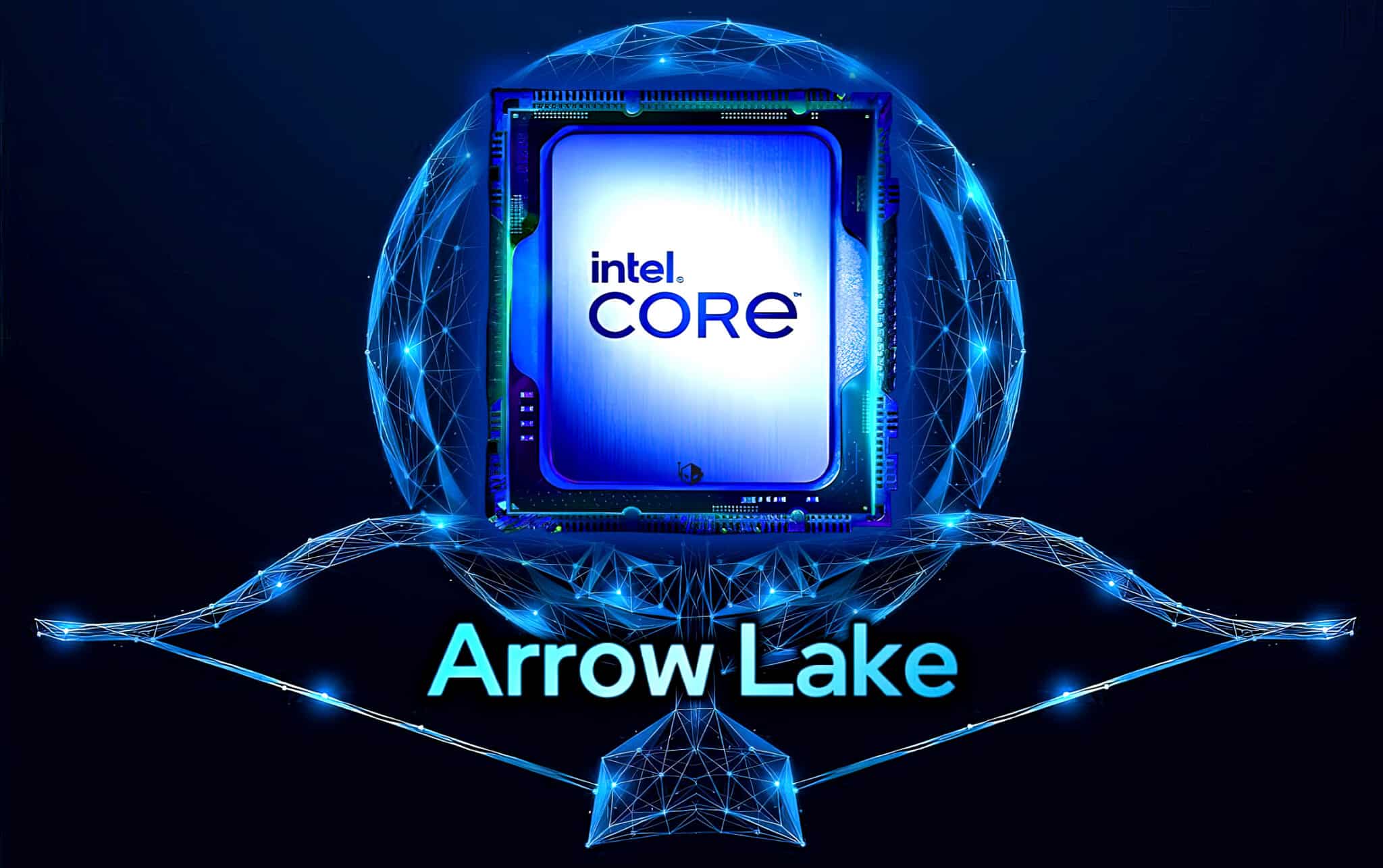Arrow Lake had to contend with gaming performance issues at release. Intel is now addressing the causes and solutions.
Last October, Intel released the new desktop processors in the Arrow Lake generation, which were supposed to open a new chapter for the manufacturer under the banner “Core Ultra 200”.
The motto was to move away from the crowbar and towards more efficiency; at least in our test of the Core Ultra 9 285K, this was also successful.
However, our review also revealed numerous wobbles in terms of gaming performance, which was not only criticized by us. Since then, the manufacturer has been looking for the causes.
On November 8, Robert Hallock, in his role as Intel”s director of technical marketing, announced to the portal that they would publish a public statement on the problems, causes and solutions within six weeks.
The promised statement has now been issued. In a press release, Intel explains that “investigations have recently been completed and five individual topics have been identified that affect performance ”. If you”re only interested in the solution, Intel provides the following information at the beginning of the release:
- To see performance improvements under Arrow Lake, you need to download and install the latest BIOS version for your mainboard
- Windows 11 should also be kept as up to date as possible; Intel specifically recommends Build version 26100.2314 or newer
- At the beginning of January 2025, the microcode update 0x114 should provide further improvements. In this context, Intel plans to present a final performance update with its own benchmarks at CES 2025 (January 7-11).
Table of Contents
Intel Arrow Lake: Five causes of the performance issues
Afterwards, Intel goes into more detail about the causes found and, especially in comparison to the drama of the 13th and 14th Intel generation, is much more transparent. The following points were mentioned:
Missing PPM package in review CPUs
The system called “Platform Power Management” (PPM), which is used by software to determine which frequencies and voltages a processor delivers, was simply missing in press samples, according to the Intel announcement.
- The symptoms: Benchmarks that differ greatly from test run to test run, as well as unexplainable performance differences between Windows 11 23H2 and 24H2.
- The performance loss: Depending on the configuration and test system, this problem is said to account for a difference of between 6 and 30 percent.
- The solution: It”s already there. With the KB5044384 patch , which updates Windows 11 to build number 26100.2161, Intel has deployed the appropriate PPM package for all compatible computers.
Intel APO did not work properly
The missing PPM package subsequently affected another software-side Intel feature: the “Application Performance Optimizer” (APO) “could not recognize the expected environment,” so APO was not activated at all.
- The symptoms: Some testers complained that no performance increase at all was seen when APO was activated.
- The performance loss: Arrow Lake is said to have lost between 2 and 14 percent of gaming performance, which of course also depends on the game.
- The solution: Here, too, the KB5044384 patch for Windows 11 is responsible for the bug fix.
Defective BIOS configurations in review samples
The two specific points turned out to be part of a larger problem. Basically, “selected performance settings were incorrectly configured.” The extent and the amount probably varied from press sample to press sample.
- The symptoms: Among other things, “abnormally high memory latencies”. Games also did not benefit from “PCIe Resizable Bar”.
- The performance loss: Again, Intel cites between 2 and 14 percent lost performance depending on the game, motherboard, and BIOS setting.
- The solution: Motherboard manufacturers have started to provide the affected Z890 products with corresponding BIOS updates.
BSOD in games with “Easy Anti-Cheat”
The dreaded Blue Screens of Death (BSOD) occurred in games equipped with “Easy Anti-Cheat” under Windows 11 24H2.
- The symptoms: System crashes and BSODs when starting games with Easy Anti-Cheat.
- The performance loss: Depends on your point of view. Is “The game crashes my Windows” still measurable with performance numbers?
- The solution: Epic Games is currently distributing a new driver for Easy Anti-Cheat to the relevant publishers and developers, who in turn implement it and bring it to your computers via a regular game update.
Upcoming BIOS improvements
According to Intel, the microcode update 0x114 mentioned above brings “a small selection of optimizations” that were not ready for the previous BIOS updates.
This update is currently still being validated; the release period is estimated to be the first half of January 2025. Intel promises an “improvement in the single-digit percentage range” (geometric mean, ~35 games).
In principle, the manufacturer also explains that they have introduced some new “practices, guidelines and processes” to ensure that these types of performance issues no longer occur.


